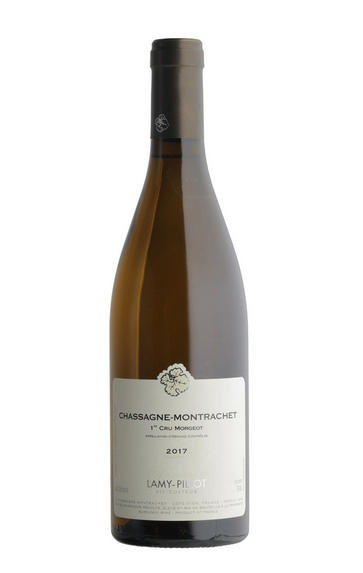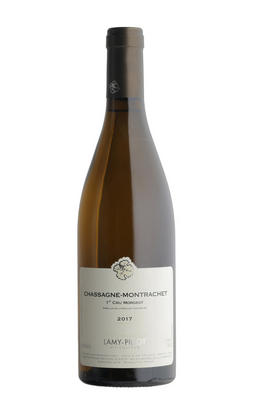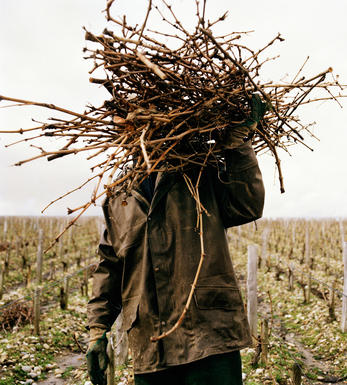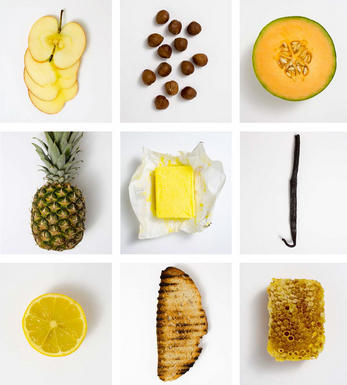
2017 Chassagne-Montrachet Blanc, Domaine Lamy-Pillot, Burgundy

Critics reviews
This is quite firmly reduced and needs thorough aeration if you're going to try a bottle shortly after release. Otherwise, there is excellent freshness and vivacity to the delicious flavours that offer more refinement though notably less mid-palate density, all wrapped in an intensely mineral-driven finale.
As the description suggests, this has not yet found its centre, and I recommend allowing this at least a few years to harmonise better.
Drink from 2025 onward
Allen Meadows, Burghound.com (April 2022)
About this WINE

Domaine Lamy-Pillot
Domaine Lamy-Pillot is based in the village of Chassagne Montrachet, Burgundy, renowned for producing high-quality Chardonnay and Pinot Noir wines.
The domaine has a long-standing history in Burgundy, with several generations of the Lamy and Pillot families involved in the winemaking tradition. The family’s expertise and dedication to quality winemaking have been passed down through the years, contributing to the estate’s reputation for producing outstanding wines.
The estate owns and manages vineyards in some of the most prestigious terroirs of Chassagne-Montrachet, including Premier Cru and Village-level plots. These vineyards are carefully tended to, and the grapes are hand-harvested to ensure the highest quality fruit for winemaking.
While Domaine Lamy-Pillot also produces red wines from Pinot Noir, the estate is particularly renowned for its white wines crafted from Chardonnay. The unique microclimates and limestone-rich soils of Chassagne-Montrachet contribute to their white wines’ distinct character and finesse.
When it comes to winemaking, the domaine follows traditional practices, focusing on minimal intervention to allow the terroir and grape quality to shine through in the final wines. Using oak barrels for fermentation and ageing adds further complexity and structure to the wines.

Chardonnay
Chardonnay is often seen as the king of white wine grapes and one of the most widely planted in the world It is suited to a wide variety of soils, though it excels in soils with a high limestone content as found in Champagne, Chablis, and the Côte D`Or.
Burgundy is Chardonnay's spiritual home and the best White Burgundies are dry, rich, honeyed wines with marvellous poise, elegance and balance. They are unquestionably the finest dry white wines in the world. Chardonnay plays a crucial role in the Champagne blend, providing structure and finesse, and is the sole grape in Blanc de Blancs.
It is quantitatively important in California and Australia, is widely planted in Chile and South Africa, and is the second most widely planted grape in New Zealand. In warm climates Chardonnay has a tendency to develop very high sugar levels during the final stages of ripening and this can occur at the expense of acidity. Late picking is a common problem and can result in blowsy and flabby wines that lack structure and definition.
Recently in the New World, we have seen a move towards more elegant, better- balanced and less oak-driven Chardonnays, and this is to be welcomed.


Buying options
Add to wishlist
Description
This is quite firmly reduced and needs thorough aeration if you're going to try a bottle shortly after release. Otherwise, there is excellent freshness and vivacity to the delicious flavours that offer more refinement though notably less mid-palate density, all wrapped in an intensely mineral-driven finale.
As the description suggests, this has not yet found its centre, and I recommend allowing this at least a few years to harmonise better.
Drink from 2025 onward
Allen Meadows, Burghound.com (April 2022)
wine at a glance
Delivery and quality guarantee